Mountaineers or mountaineering enthusiasts have a tough job – they train themselves hard, risk their lives, and climb huge mountains to get that adrenaline kick.
When George Mallory, a British Mountaineer and leading member of one of the earliest expeditions to Mount Everest, was asked by a journalist, “Why did you want to climb Mount Everest?” he retorted, “Because it’s there.”
But to move mountains, you first have to move the muscles in your body. Apart from learning specific technical skills, avalanche safety, bringing your snowshoes, and developing your vigour, making your body ready for the physical challenge is absolutely crucial.
So, in what ways can you train your body and mind to unleash the true mountaineer or alpinist in you? Read our top 7 tips to find out!
1. Evaluate Your Current Fitness Level
The way to work towards improving something is by first evaluating where you currently stand. Climbing non-stop with a heavy backpack requires increasing stamina, endurance, grip strength, and lung capacity.
Assessing your current fitness level might include a physical examination by a certified trainer or a medical check-up by a doctor. If you’re going with a reputed trek agency, they will help you improve your physical preparedness.
2. Pre-plan Your Training
To decide how to approach your training, you must first find out what your next expedition demands. Is it traditional climbing, ski mountaineering, climbing with a heavy load, or running in the mountains?
Once you have identified your training objective, make a detailed plan yourself or take help from an expert trainer. Depending on the requirement, your plan could include cardio, strength training, balance, and flexibility.
Read More: Building and Maintaining Endurance All Year Long for Snowshoeing
3. Hit the Gym
As a mountaineer, you might be of the mindset that working out al fresco or hiking every day is the way to go. It is part of it. But to build the strength and endurance equivalent to what mountains demand is no mean game. So, don’t be afraid to hit the gym!
You can spread your workout days between cardio, HIIT, recovery, and hiking. The treadmill, cycle, stair climber machine, and box steps in the gym are great for cardio workouts. Whereas for strength, you can do weight training exercises. Recovery days may include light-intensity yoga focused on breathing and flexibility.
There is also the option of creating a home gym to continue interference-free training, especially if you have weather restrictions or no gyms near you.
Read More: 3 Leg Exercises Every Snowshoer Can Do Without Weights
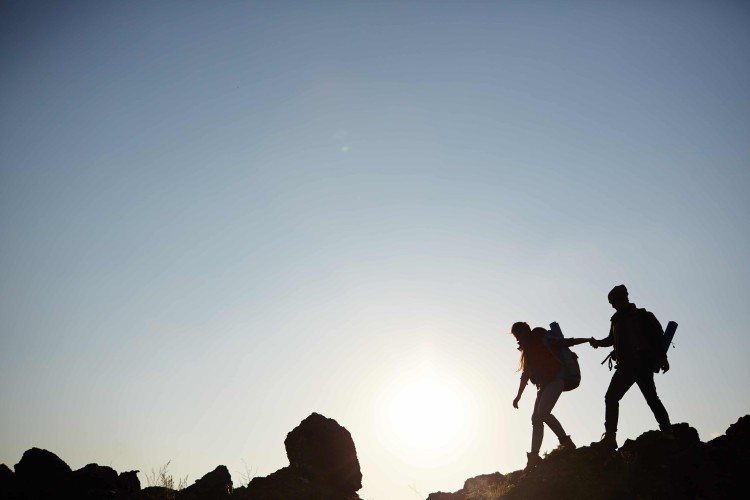
You can spread your workout days between cardio, HIIT, recovery, and hiking. Photo: Pressmaster via Shutterstock
4. Customize Your Training Plan
If you want to focus on the overall fitness of your heart and lungs, cardio is crucial. Interval sessions are great for boosting your breathing ability. If your expedition requires you to carry a heavy load, practice strength (such as the weight training exercises above) and endurance exercises.
Also, do not ignore balance and flexibility as you need both in mountaineering, and include some hiking days to test your fitness level in real-world situations.
Start a minimum of 16 weeks before your trip. Your training should peak around two weeks before your trip, giving enough time for your body to recover before leaving.
Read More: Exercises To Improve Balance: One Foot at a Time
5. Respect The Limitations of Your Body
Over-training is never a good idea. Instead, learn to listen to your body. For instance, if it hurts, take a break and relax to let your body recover. If you don’t, you might make the situation worse.
Modify exercises to suit your body’s needs. On days you’re feeling sick, take it easy and do relaxing stretches. You can save the big workouts for some other day. It is important to understand your capacity and go at your own pace.
6. Improvise
There might be days when you cannot stick to your workout routine. So, if you miss one day of training, improvise to make up for it the next day.
Or, if you go on a hike with friends or other fellow mountaineers and you cannot train yourself effectively, let it go. Look at things objectively.
You might also get stuck with an unexpected injury. In that case, get creative about how to train the major muscle groups without hurting yourself.
Read More: Impacts of Snowshoeing and Chiropractor Approved Injury Prevention Tips
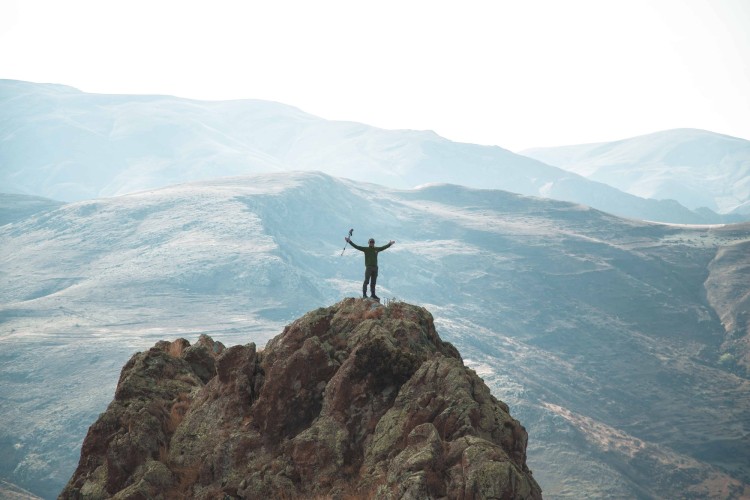
Monitor your training and see your progression. Keep a long-term goal in your mind instead of getting discouraged with weekly ups and downs. Photo: wirestock via Freepik
7. Monitor Your Training
When you are working out, focus on what your body is experiencing. Don’t do anything beyond your limits to avoid damage. Know when to back off.
Monitor your training and see your progression. Keep a long-term goal in your mind instead of getting discouraged with weekly ups and downs.
Overall
Know that the learning curve in alpinism can be slow and risky. It is not just about climbing that mountain. Even when you are not climbing, you are trying hard to live a mountaineer’s life by taking care of your health and fitness. So, focus on the journey of becoming a mountaineer and maintaining it.
It is important to accept if you feel you are not thoroughly prepared yet. The mountain will always be there. You can come back to it and climb it when you feel fitter. That is better than getting lost in the lifestyle and risking your life.
Read Next: Why You Should Use Snowshoes on Your Next Mountaineering Adventure

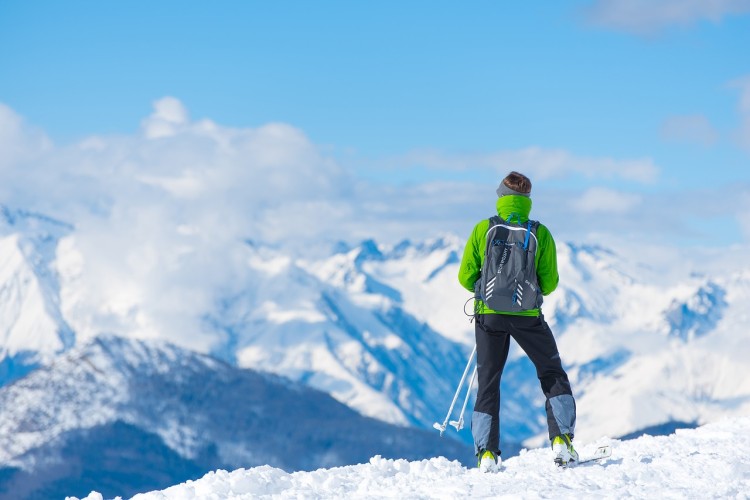
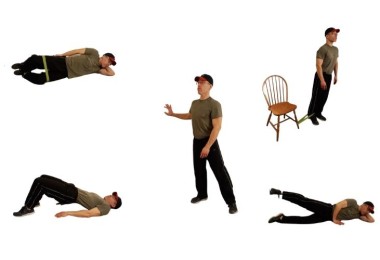

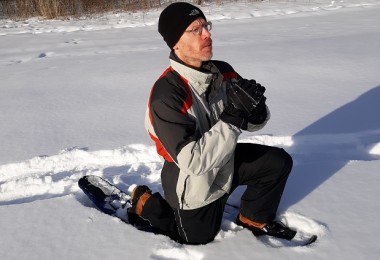
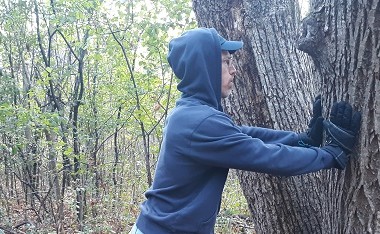

Leave a Comment